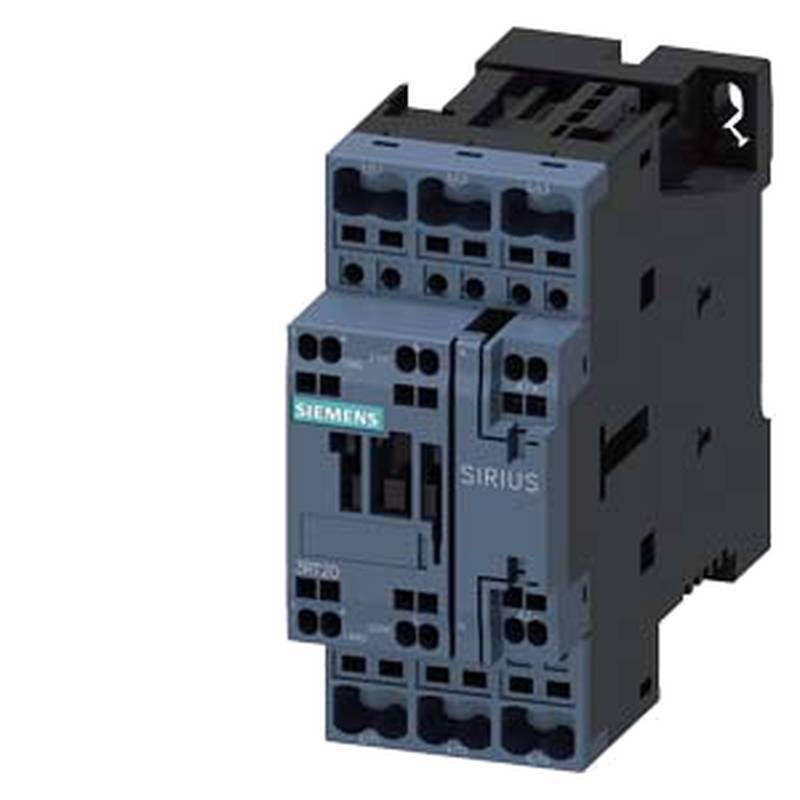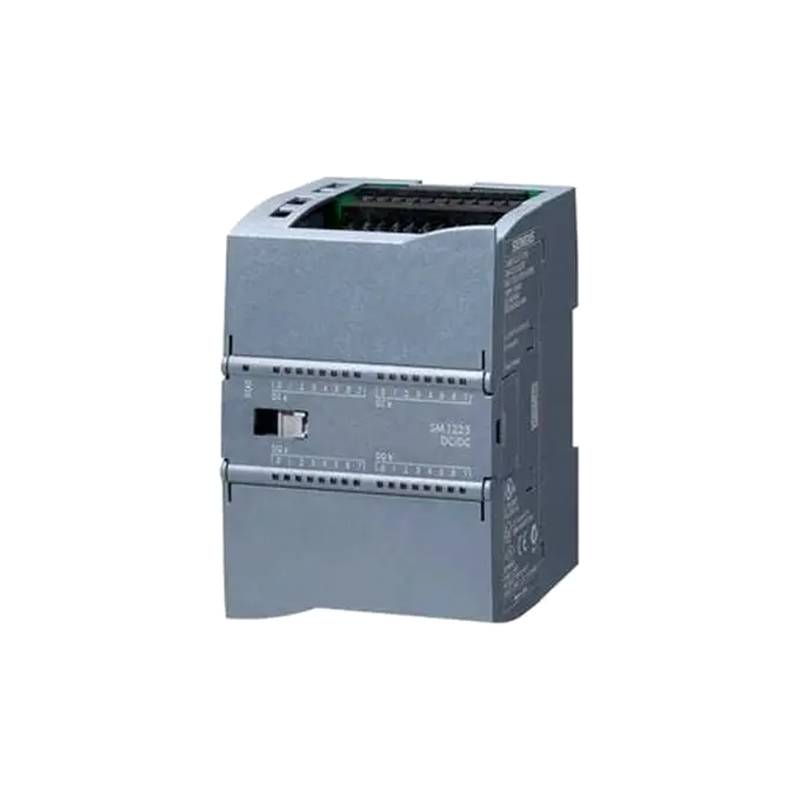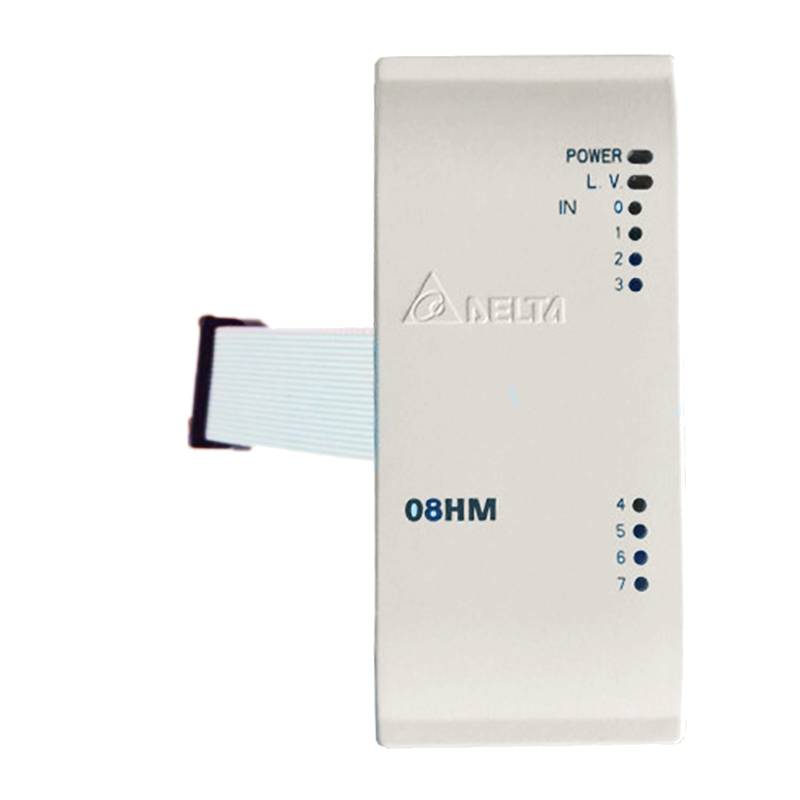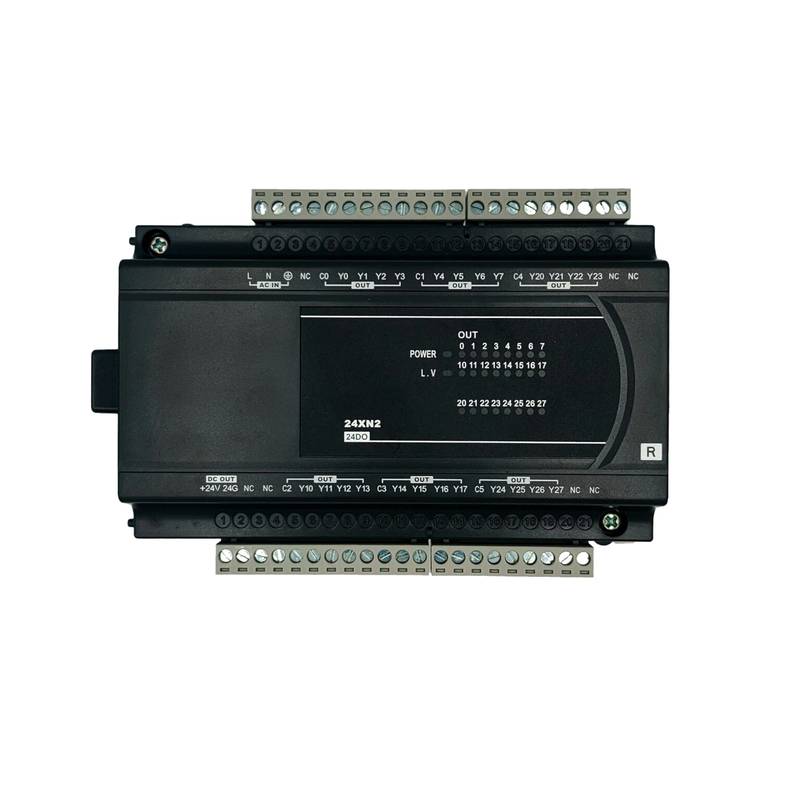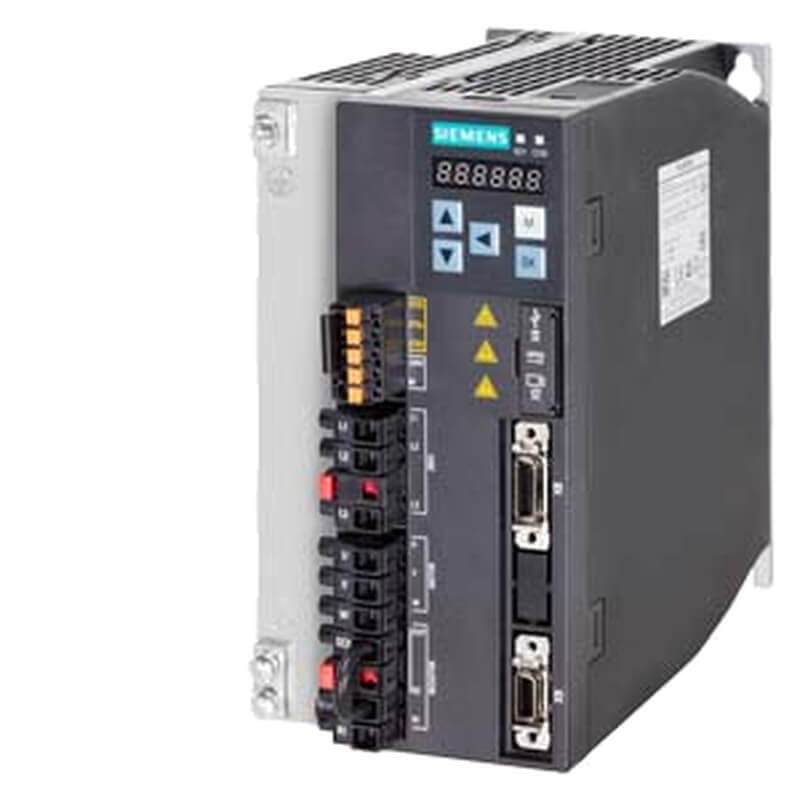
The Delta ECM-B3M-CA0604SS1 B3 High Inertia Servo Motor stands as a robust solution for demanding industrial automation tasks, offering exceptional precision and control. This motor is engineered with a focus on high inertia applications, ensuring stable performance where consistent torque and smooth operation are paramount. Key advantages include its superior winding technology for enhanced efficiency and reduced thermal buildup, a robust construction for industrial environments, and advanced feedback capabilities for precise positioning. With a rated output power of 600W and an impressive rated torque of 2.86 Nm, the ECM-B3M-CA0604SS1 is designed for high-performance servo systems. Its compact form factor and high power density make it an ideal choice for applications requiring significant torque without compromising space constraints.
Product Specifications
| Parameter | Value |
| :-------------------- | :------------------------------ |
| Model | ECM-B3M-CA0604SS1 |
| Series | B3 High Inertia Servo Motor |
| Rated Output Power | 600 W |
| Rated Voltage | 200-230V AC |
| Rated Frequency | 50/60 Hz |
| Rated Speed | 2000 r/min |
| Rated Torque | 2.86 Nm |
| Peak Torque | 8.58 Nm |
| Brake Type | Electromagnetic Brake |
| Brake Torque | 3.5 Nm |
| Motor Length | 4 |
| Encoder Resolution | 17-bit Incremental Encoder |
| Protection Class | IP65 |
| Insulation Class | Class F |
Core Features & Market Positioning
The Delta ECM-B3M-CA0604SS1 distinguishes itself through its specialized design for high inertia loads, a critical factor in applications like robotics, packaging machinery, and material handling systems where consistent, smooth motion is essential. Its advanced winding techniques minimize energy loss, translating to higher operational efficiency and reduced heat generation, which prolongs motor life and reduces the need for aggressive cooling systems. The integration of a 17-bit incremental encoder provides high-resolution feedback, enabling precise positional accuracy and velocity control that is crucial for complex automation processes. Furthermore, the inclusion of a built-in electromagnetic brake ensures fail-safe operation by holding the load securely in place during power loss or emergency stops, a significant differentiator in safety-critical industrial settings. This combination of high inertia capability, thermal efficiency, precise feedback, and robust braking positions the ECM-B3M-CA0604SS1 as a premium choice for manufacturers seeking reliable and high-performance motion control solutions that minimize downtime and maximize productivity.
Key Application Scenarios
This high inertia servo motor is exceptionally well-suited for a variety of industrial applications demanding consistent torque and precise control under significant load. It excels in pick-and-place robots where maintaining stable trajectories with heavy payloads is vital. In automated warehousing and logistics, its capacity to handle substantial loads smoothly makes it ideal for conveyor systems and automated guided vehicles (AGVs). The packaging industry benefits from its precision in high-speed filling, sealing, and labeling machines, ensuring product quality and throughput. Furthermore, its robust performance profile is advantageous in CNC machinery and advanced manufacturing equipment where accurate and repeatable movements are non-negotiable for part quality and process efficiency. The Delta ECM-B3M-CA0604SS1 is also a strong candidate for winding and unwinding machinery, ensuring uniform tension control even with large rolls of material.
Practical System Integration Guidance
Integrating the Delta ECM-B3M-CA0604SS1 into an industrial control system requires careful attention to power supply, encoder feedback, and motor control signals. Ensure the power supply meets the 200-230V AC requirement and is adequately rated for the motor's peak power demands. For optimal performance, it is recommended to connect the motor using shielded cables to minimize electromagnetic interference, especially in noisy industrial environments. The 17-bit incremental encoder requires a dedicated interface on the servo drive; consult the servo drive's manual for specific wiring diagrams and signal configurations (e.g., A/B phase, index pulse). When connecting the brake, ensure it is wired to a suitable power source that can disengage the brake when the motor is active and engage it upon power loss or commanded stop. Proper grounding is essential for both safety and signal integrity.
Operation and Risk Mitigation
Operating the Delta ECM-B3M-CA0604SS1 servo motor involves adhering to specified environmental conditions and load parameters to prevent damage and ensure longevity. Always operate the motor within its rated torque and speed limits to avoid overheating and premature wear. The built-in electromagnetic brake is a critical safety feature; ensure it is properly tested during commissioning and regularly maintained to guarantee its reliability in emergency stop scenarios. Fault codes generated by the servo drive associated with this motor should be meticulously documented and investigated promptly. Common troubleshooting might involve checking encoder connections for signal loss, verifying brake engagement and disengagement signals, and ensuring adequate power supply without voltage fluctuations. Refer to the servo drive's diagnostic information for detailed error code explanations and remediation steps.
Scalability & Long-Term Value
The Delta ECM-B3M-CA0604SS1 servo motor is designed for seamless integration within Delta's broader automation ecosystem, offering significant scalability for evolving industrial needs. Its compatibility with Delta's ASDA-B3 series servo drives ensures a streamlined setup and access to advanced control features, facilitating system expansion. For facilities looking to embrace Industry 4.0 principles, this motor can be readily integrated with higher-level control systems and IIoT platforms through compatible servo drives, enabling remote monitoring, predictive maintenance, and data-driven optimization. The robust construction and high-quality components contribute to a long operational lifespan, reducing total cost of ownership. Furthermore, as automation requirements change, the motor's precise control and high inertia handling capabilities provide a solid foundation for future upgrades and modifications to the production line.
Frequently Asked Questions
What is the primary advantage of a high inertia servo motor like the ECM-B3M-CA0604SS1?
High inertia motors excel at managing large, heavy loads smoothly. They provide stable operation where rapid acceleration or deceleration of significant mass is required. This motor's design inherently resists changes in motion, ensuring precise control.
This inherent stability minimizes overshoot and oscillations during demanding movements. Applications like large robotic arms benefit greatly from this characteristic. Its ability to maintain trajectory is paramount.
The Delta ECM-B3M-CA0604SS1's design prioritizes consistent torque delivery under load. This makes it ideal for consistent speed applications with varying torque demands.
How does the 17-bit incremental encoder contribute to the ECM-B3M-CA0604SS1's performance?
A 17-bit encoder offers very high resolution for precise position feedback. This translates to highly accurate movements and positioning capabilities. It allows for finer control over the motor's rotation.
This detailed feedback enables sophisticated motion profiles and tight tolerance manufacturing. The servo drive can make micro-adjustments to maintain accuracy. It's crucial for complex automation tasks.
The high resolution helps in achieving smoother velocity control, reducing jerky motions. This is particularly important in applications requiring delicate handling or precise alignment.
What are typical fault codes associated with Delta servo motors, and how should they be addressed?
Common faults include encoder errors (e.g., disconnection or signal issues). Drive overload faults indicate the motor is exceeding its current or torque limits. Brake faults might signal issues with the electromagnetic brake.
When a fault occurs, consult the specific servo drive's manual for code definitions. First, check physical connections like wiring and power supply. Ensure the motor is operating within its specified parameters.
For persistent issues, a systematic diagnostic approach is needed. This might involve isolating the motor, checking brake functionality, or verifying motor windings. Contacting technical support is advisable for complex problems.
















